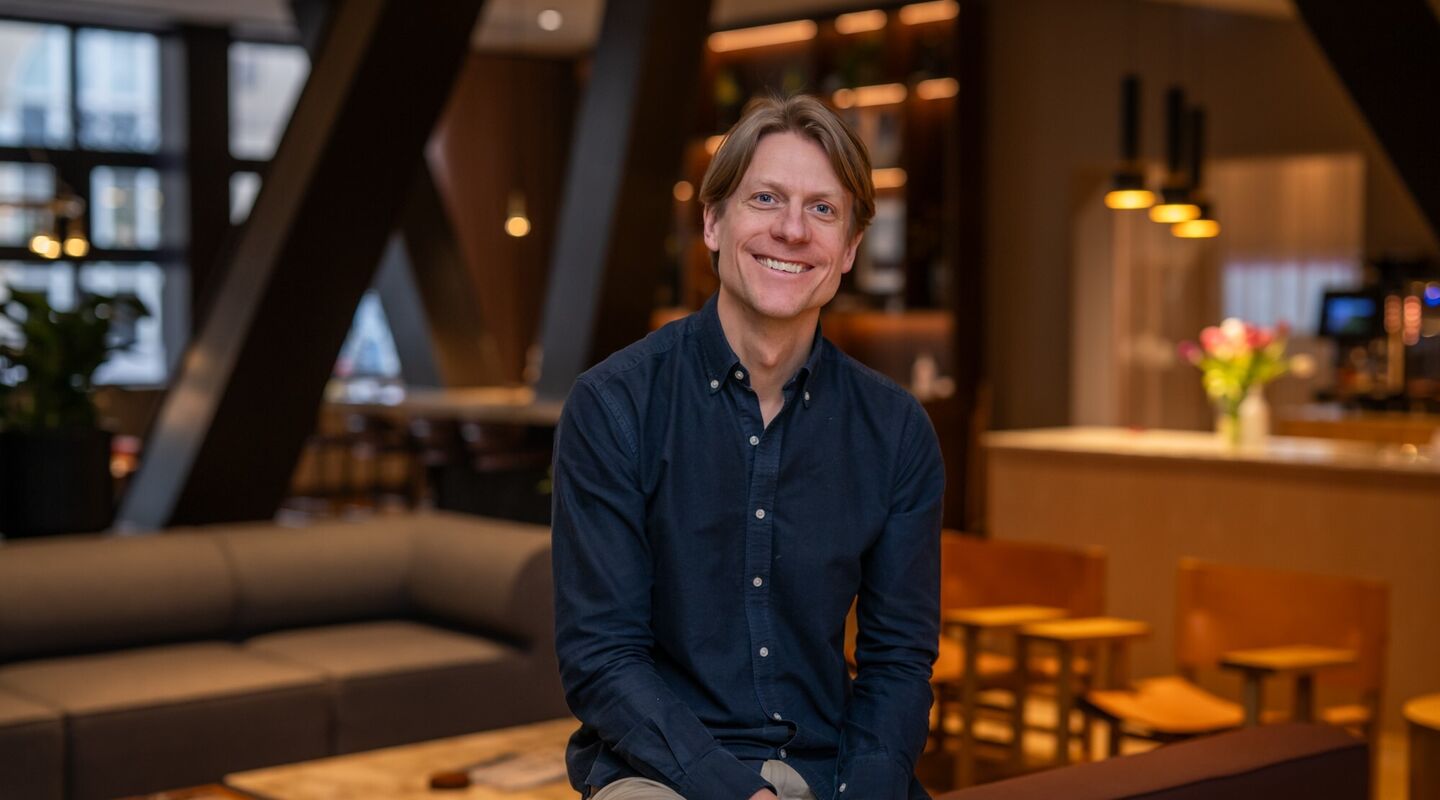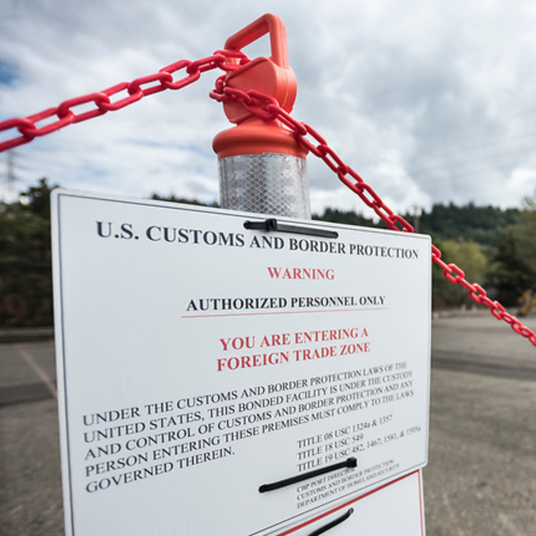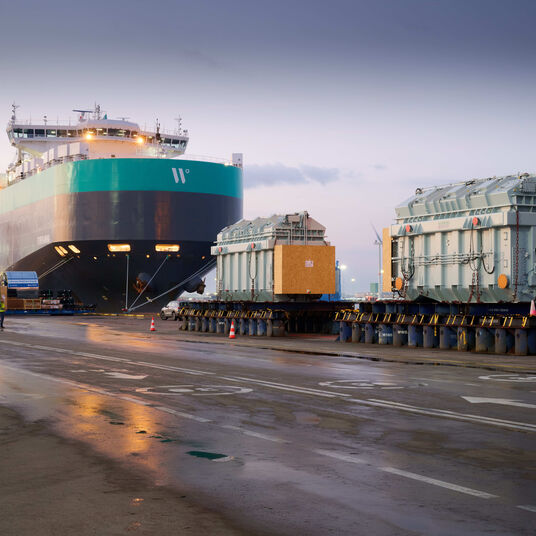Meet our experts: Johan Falkenberg
In our new column “Meet our Experts” you will meet our employees who shares some of their unique expertise and knowledge with us. First out we’d like to introduce you to Johan Falkenberg, our dynamic Vice President of Trade Europe to Asia/Middle East at Wallenius Wilhelmsen, who comes armed with an impressive 25-year legacy in the industry. Join us as we dive into an insightful conversation with Johan, where he sheds a light on the current situation in the Red Sea. Discover our teams’ unwavering commitment to tackling challenges and delivering solutions for our customers.

Say hello to...
Johan Falkenberg. I've been working in the shipping industry for 20-25 years. I started working at Wallenius Wilhelmsen about 12 years ago, always with a focus on Shipping services and centered in business operations in different trades. In March last year, I started heading the Europe to Middle East and Asia trades. Previously, I was heading the Oceania trade, ex Europe and Americas to Oceania, Australia, and New Zealand.
Engineering and naval architecture at heart
Looking back, my maritime journey began with a strong interest in engineering and naval architecture. Whilst I initially contemplated studying naval architecture, my focus gradually shifted towards the allure of life on vessels—navigating, living aboard, and operating these maritime giants. This fascination led me to choose a career at sea.
I spent a significant chunk of my professional life, approximately 8 to 10 years, working onboard vessels. The decision to start a family led me to a pivotal shift, transitioning ashore and exploring new professional avenues. My background encompasses both the challenges and rewards of a maritime career, which make a big difference in my current role.
A team that cares about our customers
As a team, we handle a spectrum of responsibilities. From receiving bookings from customers to maintaining direct communication with them, we serve as the frontline in daily customer relations.
Our team engages in direct communication with customers and our vessels, providing information on routes and schedules. Not only that but we meticulously plan the stowage of cargo on board the vessels, detailing where each item should be placed, which also includes planning capacity for the upcoming months.
Safety of our people is always our first priority
As many of you may know from reading the announcement on the website, we decided to reroute all vessels planned for Red Sea transit to the Cape of Good Hope.
The foremost impact is an extended transit time, resulting in delayed cargo deliveries to their destinations and respective discharge ports. The deviated routes will add an estimated 10 to 14 days of extra sailing time. Of course, being unable to sail through the Red Sea and nearby areas, due to increased risks, worsens the situation.
Dealing with disruptions head on
While we are accustomed to handling disruptions and overcoming challenges, including harsh weather conditions, the current situation in the Red Sea presents a distinct threat because it directly jeopardizes the safety of our crews, vessels, and cargo, marking a significant difference from other disruptions.
Safety is always our first priority, and our team is adept at managing disruptions, like operational enthusiasts who thrive on problem-solving. We are accustomed to acting swiftly in such situations.
Decision making is also about finding new solutions
It’s important to note that every decision we make comes with a "before" and "after,” which means that most of the time, the hard decisions we need to make are not necessarily surprises, especially in the case of the Red Sea. We were well aware of the situation and cautious while assessing it. A lot of discussions were held within the team on the best way to act based on scenarios and the escalation of the situation.
When a decision needs to be executed, we become highly operational. We reach out to each vessel individually, providing clear instructions to ensure their safety, even if it means turning the vessel around. The largest part of actual work commences shortly after we make a decision.
It involves extensive communication, determining how to manage the cargo originally planned for shipment. Actions may include halting deliveries to upcoming terminals and finding alternative solutions for customers. Essentially, it's a process with a lot of problem-solving involved.
Working on reducing the impact on our services
As a response to our inability to sail through the Suez Canal, we are now experiencing longer transit time, because of unprecedentedly long sea legs. We continue to find ways to mitigate the negative impact on our service and tonnage capacity. There is always intense work between the tonnage team and the trades to look for the optimal way to deploy the vessels globally given every new challenge we face.
We have found an alternative route to navigate around the current challenges posed by the closure of the Red Sea southern entrance. Despite the unavoidable disruption, we are working diligently to minimize the impact on our customers shipments and maintain the reliability of our services. We want to thank our customers for understanding and continued partnerships. We remain committed to providing the best possible service despite these unforeseen challenges.

